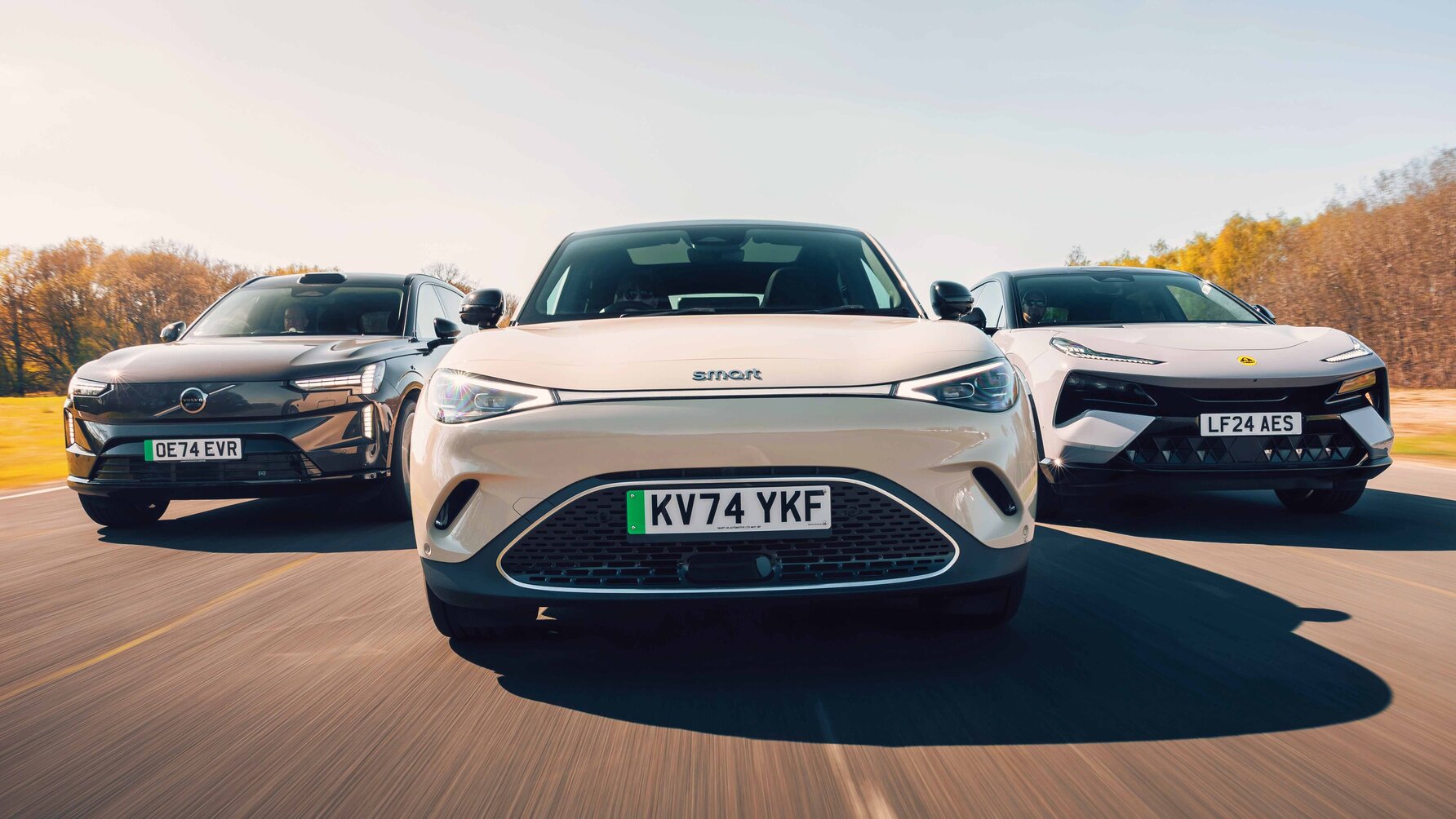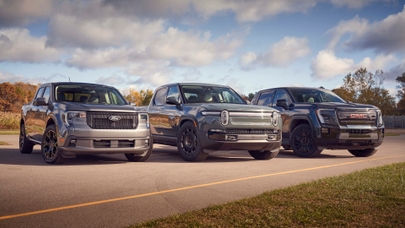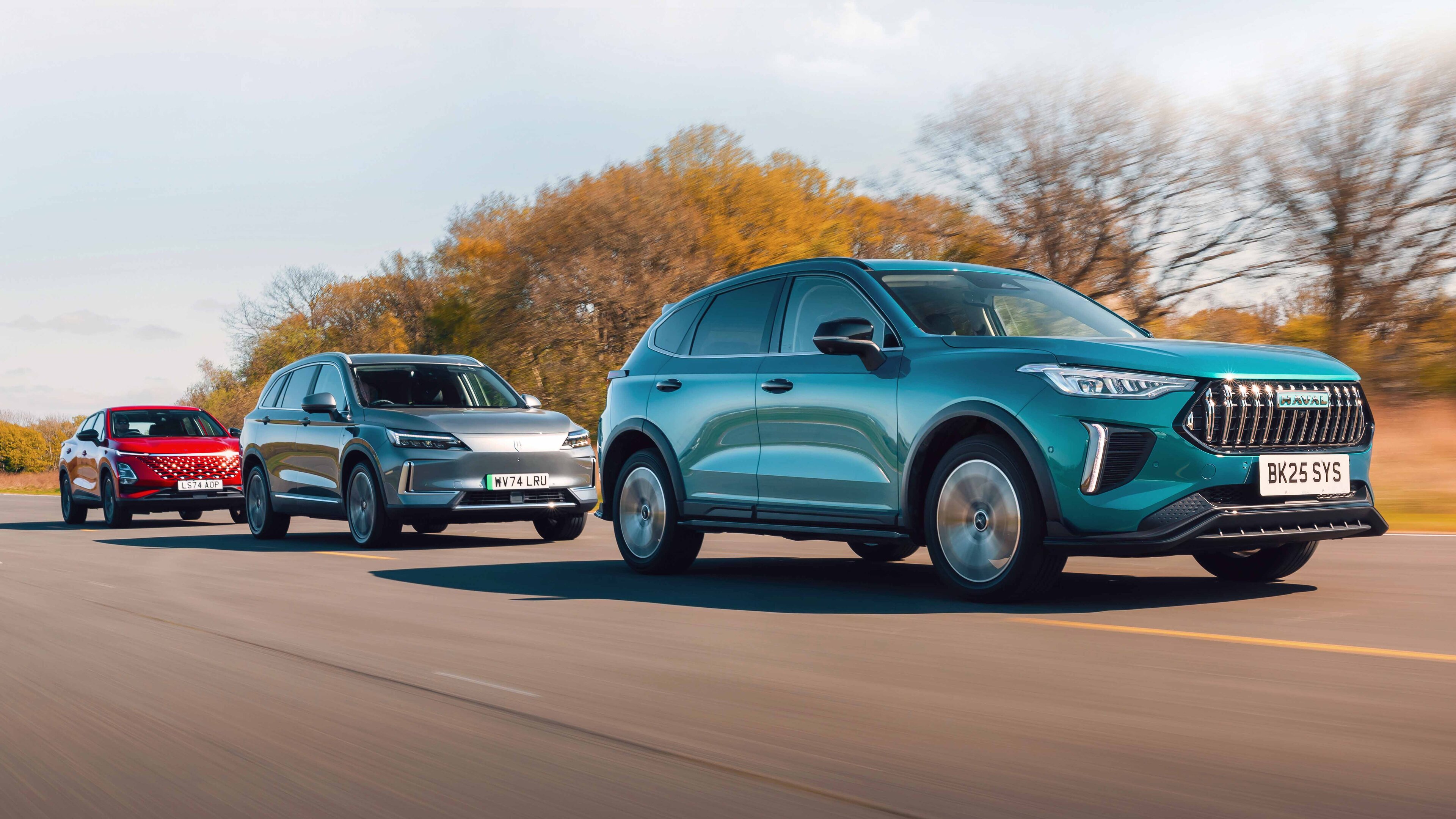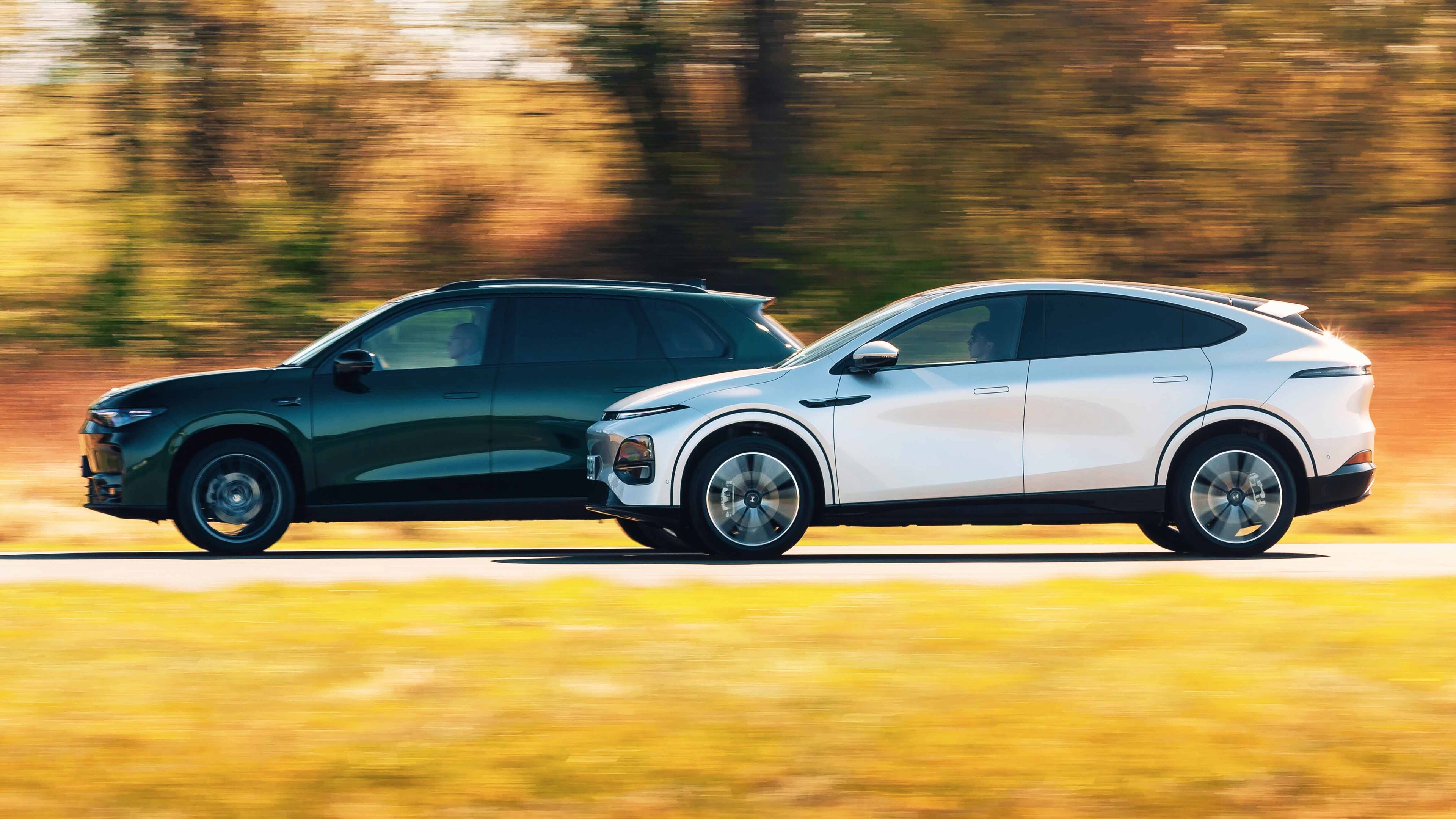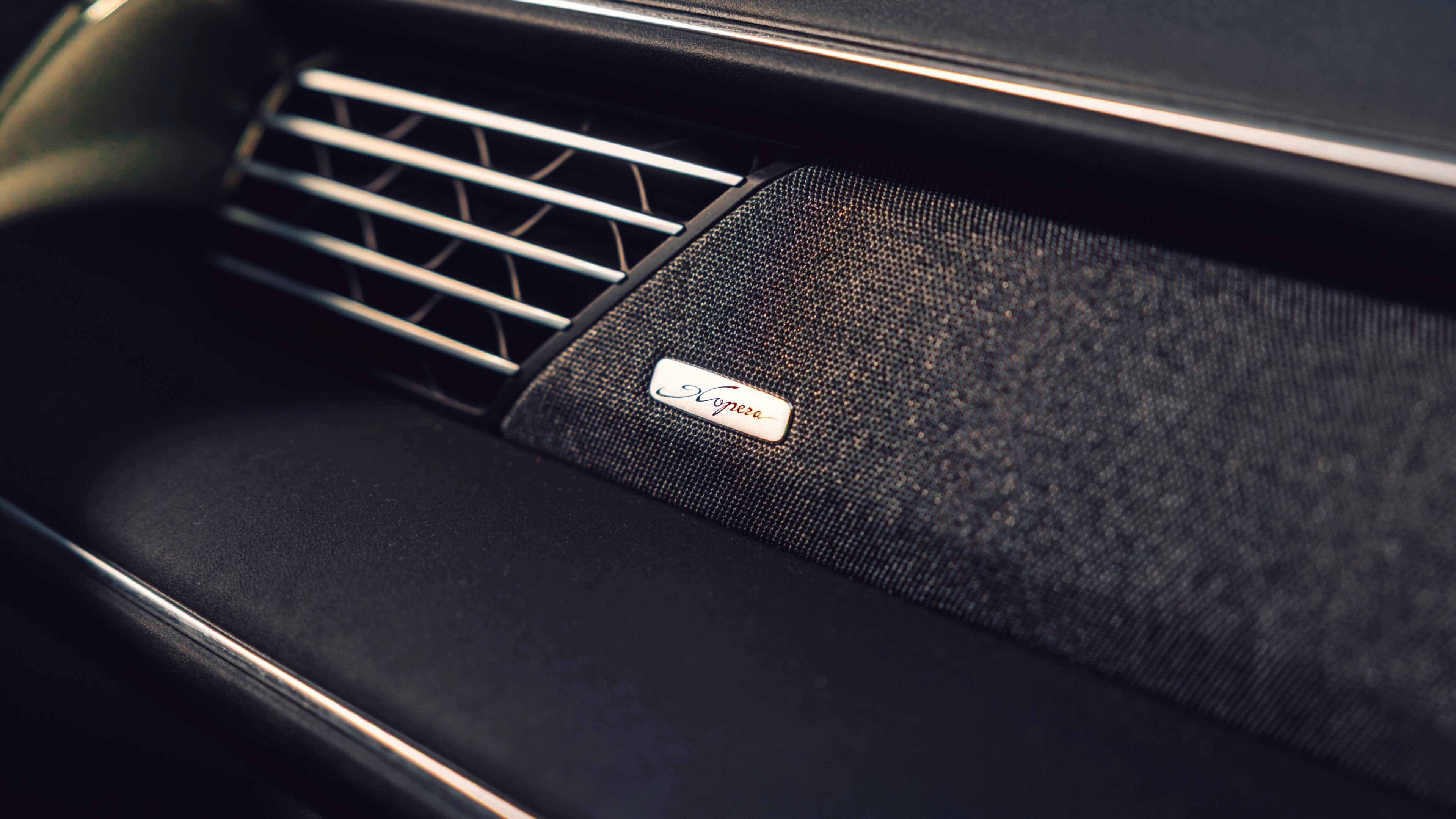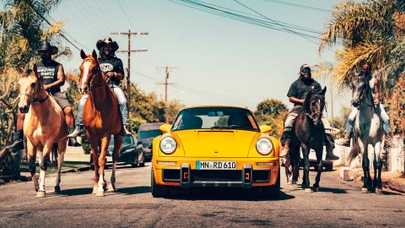
The Great Haul of China: Top Gear's 20-car Chinese megatest
The cars are improving, but is China truly destined to take over Britain's roads? It's time for TG to investigate...
Every Chinese car on sale in the UK right now. As in today. Tomorrow there will be more. Three years ago Chinese-built cars accounted for just three per cent of European sales, now it’s 20 per cent.
But first, a point of order – that opening statement needed an asterisk. Of an eight model range, we only have a single MG here. Why? Well initially MG refused to lend us cars for this story, insisting it was a British firm. The definition is interesting. After all, where do you draw the line? Volvo is owned by Chinese giant Geely, electric Minis are built not in Cowley, but Zhangjiagang. Does that make them Chinese? And what about Lotus? Owned by and built in China for a global audience wanting e-SUVs.
What of MG then? The British elements are a London design studio, a small engineering team still at Longbridge and the name. The rest is Chinese. Now, do you care about where your car comes from, who owns it? Obviously MG believes you do or it wouldn’t have had an issue with lending us cars. But do you? Probably only because of scare stories you’ve read about your car being able to spy on you.
Photography: Jonny Fleetwood
We can’t fully debunk that, only point out that every firm we spoke to is signed up to GDPR data privacy regulations. But China is more opaque to us than, say, Korea or Japan, and some of its biggest automotive firms (among them MG’s parent SAIC) are state-owned. Got an issue with that? Fair enough, shop elsewhere.
But are the cars any good? That’s what we’re going to find out. Once we’ve identified them. Mostly these badges are unknown to us, so what’s the hierarchy when there’s no brand equity? Who’s the BMW here, the Renault, the Bentley, the Toyota?
Design is the communicator and the MG Cyberster is our standout. Credit where it’s due, MG was built on two-seater soft tops, so green-lighting only the second fully electric one ever to exist (after the Lotus offcut Tesla Roadster) gives it a certain status. The Brit-led styling team dreamt up a classically pretty shape, it’s tasteful and slick, but there are issues. European Cybersters are fobbed off with a diluted, graphically neutered version of its home market’s fancy screens, so the all important tech experience is pants. It also has the damping sophistication of a waterbed tumbling down a spiral staircase, so the 310bhp RWD Trophy version is too quick for comfort, let alone the twin motor 500bhp GT model.
Modern MG is the brand others want to emulate though. It’s been selling cars here since 2011 and last year shifted more metal than Vauxhall, Skoda or Peugeot. The rest of the range is pretty lacklustre, but the MG4 is a standout hatch and would have done well here. If there’s a company likely to threaten MG’s chart topping position, it’s BYD. It’s already the world’s largest manufacturer of electric vehicles (outselling Tesla) and in the space of not much more than a year now has a five strong model range in the UK. The Atto 3 and Dolphin were first to arrive and are the last to get excited about.
Top Gear
Newsletter
Thank you for subscribing to our newsletter. Look out for your regular round-up of news, reviews and offers in your inbox.
Get all the latest news, reviews and exclusives, direct to your inbox.
They come across as a generation behind the other BYDs even though they’re only a year or two older. The Dolphin hatch is supermini sized but at £26k is priced in line with the MG4, which it is inferior to in every way, not least its ability to demonstrate several disconnected handling traits in the same corner. The Atto 3 meanwhile made an ill advised step into a themed interior with guitar string door pockets and 1950s jukebox air vents. It’s the right size for Qashqai families wanting to switch to an EV, with a 440 litre boot and 60kWh battery (for 260 miles of range). However, the plastics are cheap, the design seems to riff on a 15 year old Mitsubishi and the driving experience defines disinterested. The whole car is a little off key.
And don’t go rubbing your hands thinking you’re going to get a bargain, either. The Atto 3 is £37,140 and residuals are crummy because BYD has yet to establish a reputation and instil consumer confidence. The same applies to many of these cars and brands. I suspect the Atto is just something BYD has thrown at us to see what sticks. Hopefully it’ll slide down the wall and into oblivion.
The Seal, Sealion 7 and Seal U are much more convincing. The latter chiefly because it’s both bigger and cheaper than the Atto 3. It’s a £33k PHEV, a 1.5-litre engine combining with either an 18.3 or 26.6kWh battery that can use the petrol as a range extender or to drive the wheels directly. It’s sloshingly comfortable and surprisingly plush inside, with a drive that rewards a slower pace.
The Seal saloon and Sealion 7 SUV share the same 400V architecture, but in China they get an Evo version with 800V for faster charging. Not the first nor last time it’ll seem like the Chinese are keeping the best stuff to themselves. The target for both is clearly Tesla Model 3/Y. Both are aerodynamic and refined, with double laminated glass working alongside the silent powertrain to provide low noise levels. Until the inevitable active safety systems bong into life, of course. A slightly scruffy ride means the Seal falls short of delivering a proper luxurious waft about the place, while the taller Sealion 7 SUV is, as you might expect from the name, a little more blubbery to drive. There’s a deceptive amount of goodness for under £45k, plus a six year warranty, but could you bring yourself to spend that on a brand you hadn’t heard of last week whose products are as slippery to grasp as their namesakes?
This is the issue here. A decade or more back many Chinese firms were building knockoffs of European cars such as the Evoque. Now they’re designing their own cars and they’re neat, but bland, forgettable. Hyundai went through this stage, of course, and is now firmly out the other side. But Hyundai needed to respond to global tastes because its Korean domestic market is small. The Chinese market is the world’s largest, so there’s less incentive for BYD et al to adjust for us.
Let’s look at the ones that have: Lotus, Smart and Volvo. There’s a sliding scale here. Volvo is doing what it’s always done, but now with background Chinese support. Lotus has been entirely repositioned, no longer a lightweight sports car company, now a luxury sports brand aiming to rival Porsche, and Smart is now a joint project between Mercedes and Geely, so the 1 and 3 (we reject the appalling hashtags) use Zeekr underpinnings also shared with the Volvo EX30. It’s all rather confusing.
All three feel European. Yes, the Emeya lacks the last bit of chassis polish, the Smart’s blobby design is an acquired taste and Volvo’s insistence on burying everything in the central touchscreen is infuriating for a company that makes such a song and dance about safety. They’re good cars though. No Lotus has ever been as well made as the Emeya, the EX90 is the pinnacle of Volvo’s family focus and the Smarts are creative, bold, well packaged and attractively priced. OK, the lower roofed 3 is a car of indeterminate purpose, but you just know the words ‘urban style’ are featured somewhere in the literature.
They’re all recommendable. But some really aren’t. With that in mind let’s have a look at the Omoda 5, Skywell BE11 and GWM Haval Jolion Pro. They’re crossovers, but that’s no surprise because so is everything else right now. What we have here are cars that bunked off their development programmes. The £25,915 Omoda’s engine and gearbox (you were expecting electricity? That’ll be along shortly with the £33k Omoda E5) aren’t on speaking terms, the Skywell’s suspension is so easily overwhelmed occupants resemble one of those novelty bobbleheads and we remain utterly mystified by how the Haval manages to combine so little performance with so much noise.
Redeeming features are actually quite tricky to find. The Omoda has a seven year warranty and five star Euro NCAP score, but you’ll likely use both given the way it drives. Ever get the feeling no one’s actually done any chassis development? That all they’ve done is get the electronic safety systems to work, established it won’t flip over no matter how ham-fisted and panicky the driver, and booted it out the door? Yeah, that. The Haval’s packaging is bizarre, the boot tiny, the wheels buried so deep in the arches it’s as if they’ve gone off to hibernate. Skywell? That’s a marriage between the Golden Dragon Bus Company and electronics firm Skyworth, only it got the wrong one to do the infotainment.
You’re thinking they’ll be cheap, but they’re not. And here’s the thing about the Chinese cars. They’re not coming in with Dacia-busting price tags. At best they’re just a couple of grand cheaper than their equivalent mainstream rivals, and watch the lease costs because residuals aren’t likely to be pretty. And it’s not like the prices are affected by import duties because the UK – unlike the EU – doesn’t currently penalise Chinese marques.
The Leapmotor T03 is the exception to the above. It does have a Dacia-busting price tag – just £15,995 for 94bhp and a 165 mile range. Like Smart it’s a partnership deal, this time with Stellantis, that sees the T03 built on the old Fiat 500 line in Poland. And it’s... OK. Apart from the way it looks. You forgive a lot for a price tag that low. Until you remember you could buy something secondhand.
There’s diversity in the products and brands, but as yet little character. That’s what we love and where we differ
The other Leapmotor, the C10, has zero in common with its sibling, but a lot with the Xpeng (pronounced chow-pung) G6. Both are aimed directly at Tesla. They’re not alone, but they’re the most shameless. Check out the C10’s cabin, which appears to have been stolen wholesale down to the exact shade of grey and material textures. It’s uncanny. You don’t even have to stray inside the Xpeng. The high roof profile is so similar to the Model Y’s that it’s somewhat straining copyright laws. Both are sub-£40k with unwrinkled, featureless lines and flush fit doorhandles. The C10’s a lollopy pudding, the G6 more tempting. It’s our favourite Chinese newcomer, the best car this side of the Euro influenced machines.
Jaecoo, Omoda’s luxury wing in the Chery universe (it’s easier to plot the family tree in a rabbit warren), claims to compete at that level but cars that sell chiefly on badge need that intangible, impossible to bottle ‘want one’ factor. Not a failed team name off The Apprentice and an XXL touchscreen. And there’s no parking brake switch. Aren’t they compulsory?
The car formerly known as Funky Cat has lost its single USP. It’s now the Ora 03. Built by GWM, it actually has a fair amount in common with the electric Mini thanks to a joint venture with BMW, but drive both back to back and you’ll soon discover that’s a little like Danny Dyer’s relation to King Edward III. Priced from £24,995, it’s neither that cheap or cheerful when you consider it against cars such as the Renault 5 or Fiat Grande Panda.
So this is where we are now. A handful of new firms have arrived bearing cars of mixed quality. Some are passable, other risible. It won’t be that way for long. If one thing has taken European marques by surprise, it’s the astonishing rate of development the Chinese brands are capable of – some designers we’ve spoken to reckon they can go from sketch to production in 18 months or less. In Europe it’s four to six years. Competition is at the core. The Chinese state funded firms to get them off the ground, then let them fight it out. The failure rate has been savage. Three years ago it’s thought there were 652 car firms in China – today, through collapse, takeover and merger, they’re down to 150. UK buyers currently have a choice of about 57 brands.
Getting them all together proved there’s diversity in the products and brands, but as yet little character. That’s what we love and where we differ. China has no historic car culture, it instead celebrates and promotes technology and autonomous driving – whether it can or even wants to adapt to create cars to interest us remains to be seen. But we, the people who love cars, are a minority and despite tariffs Europe’s mainstream marques look vulnerable to a product onslaught. It’s coming fast.
